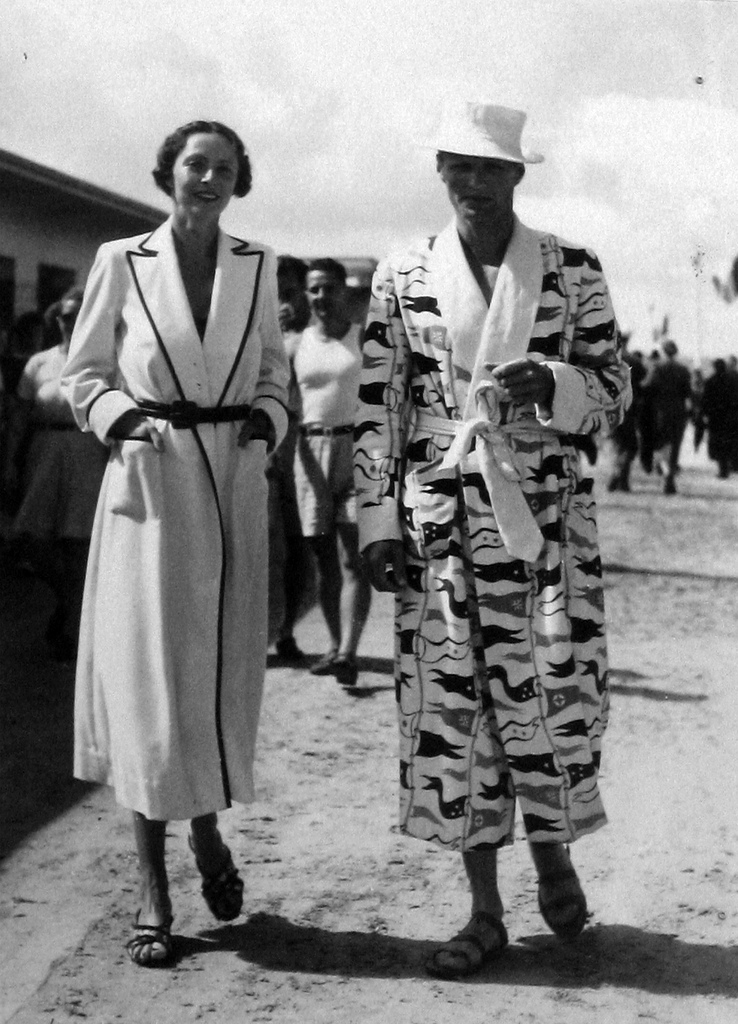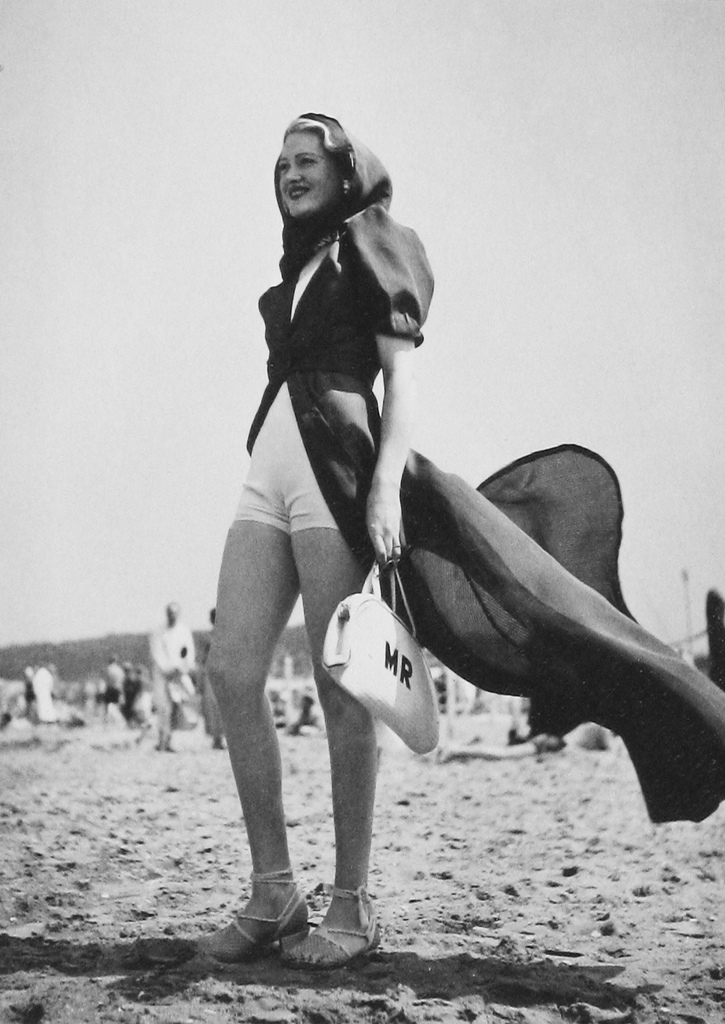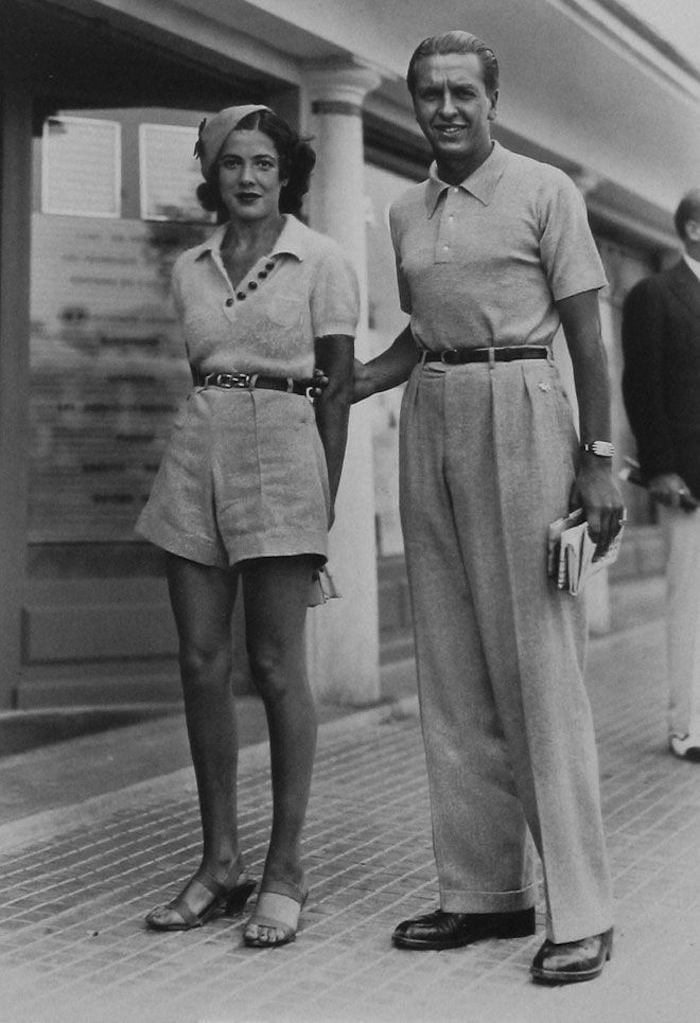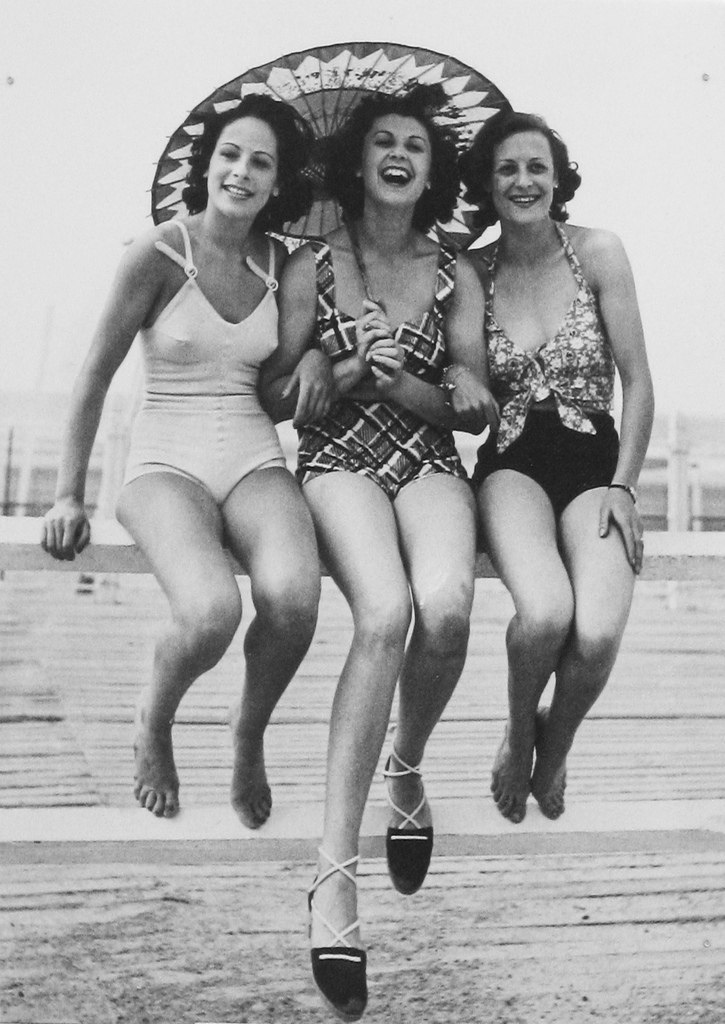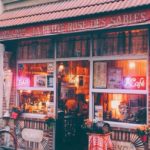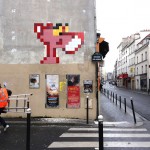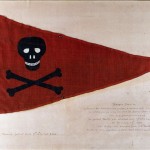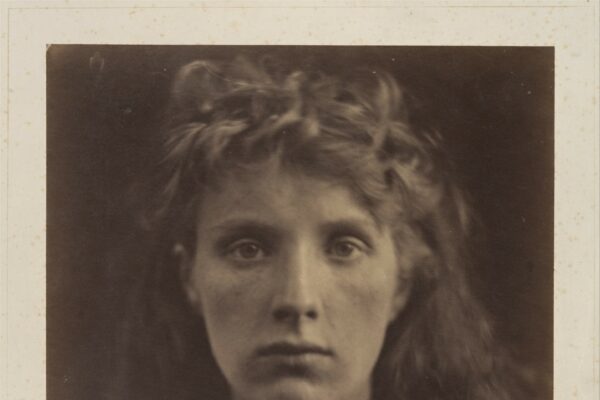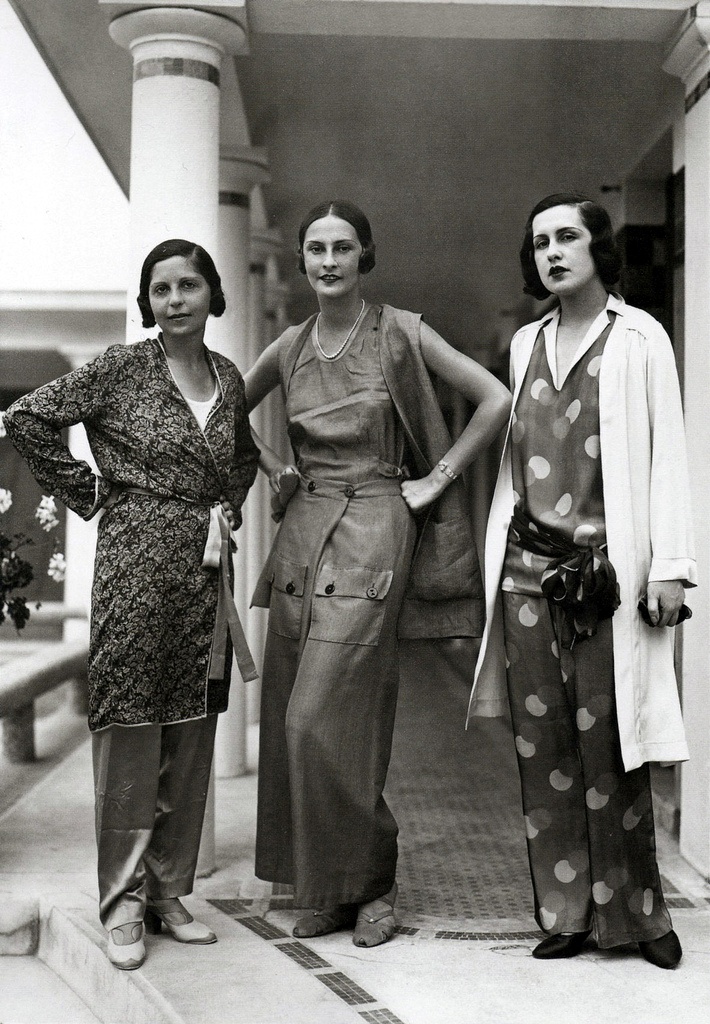
And so ends the seasonal Olympics for street style photographers in Paris! Also known as Fashion Week, it’s the time of year when these professional people-watchers jump through hoops to capture the hottest outfits of the City of Light, taking their cues from legends such as the Sartorialist and Bill Cunningham. But the real three fathers of the trade are long forgotten, lost in a time when Paris was the capital of more than just France.
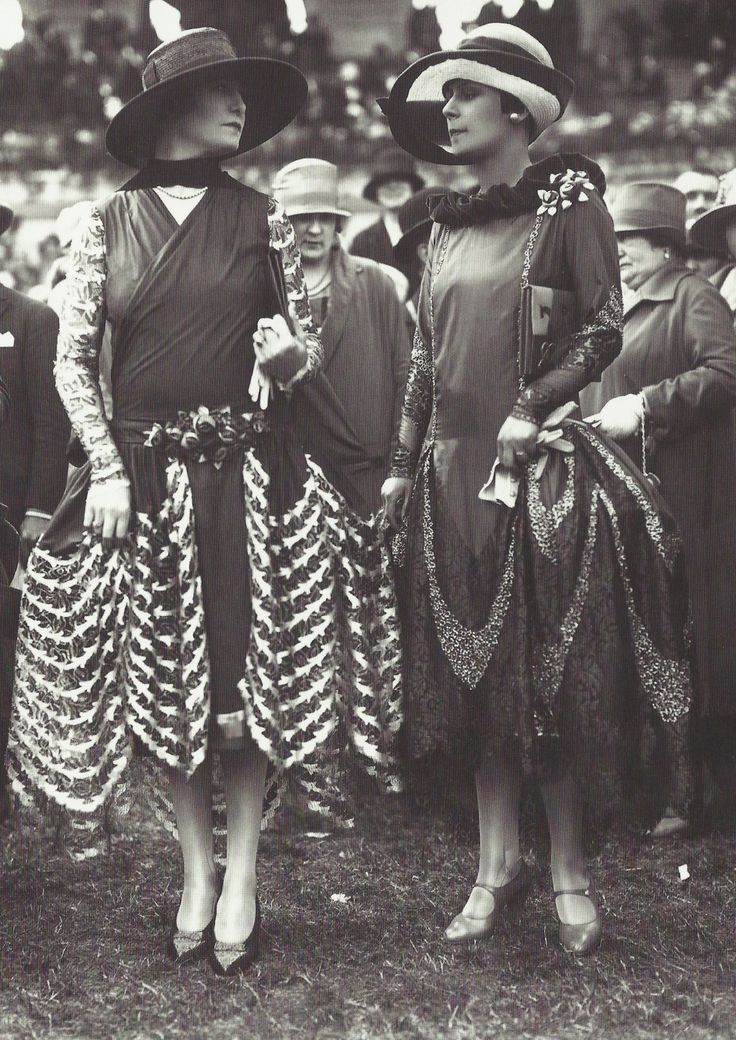
“The Bouée sisters”, 1926
The Séeberger brothers were so hot that the biggest fashion houses of the day– I’m talking Lanvin, Chanel, Hermès– were all clambering over one another to have their collections shot by the three magi of la mode. No one would have guessed that Jules, Louis and Henri were of modest origins, originally fine art students until 1903 when Jules began shooting photos around Montmartre.
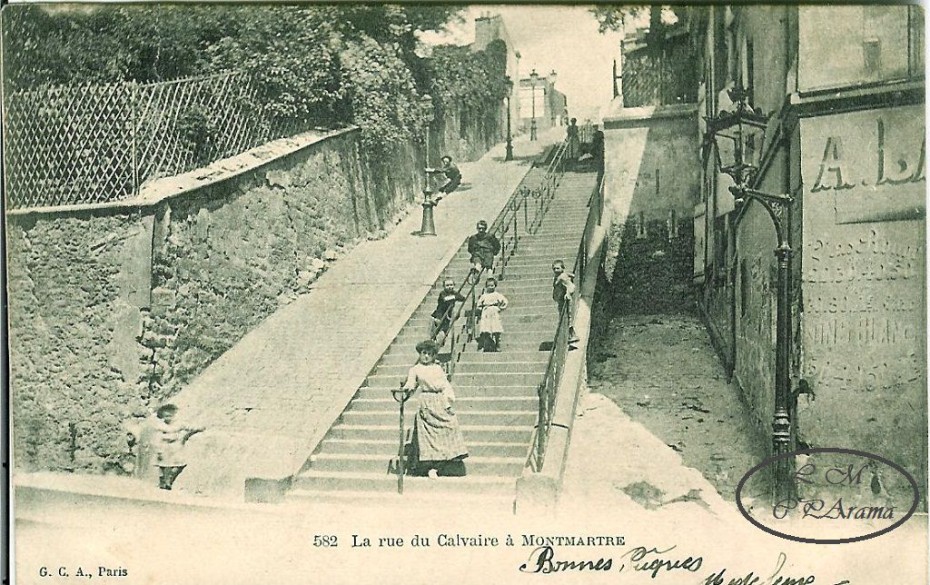
Eventually his brothers tagged along, as younger siblings do. Jules and Henri entered Paris’ annual photo contest in 1904; by 1905, the three of them created a family-run photography atelier at 33 rue de Charbrol in the 10th arrondissement of Paris. Postcards were their trade, and they traveled around France to capture the country at the turn of the century.
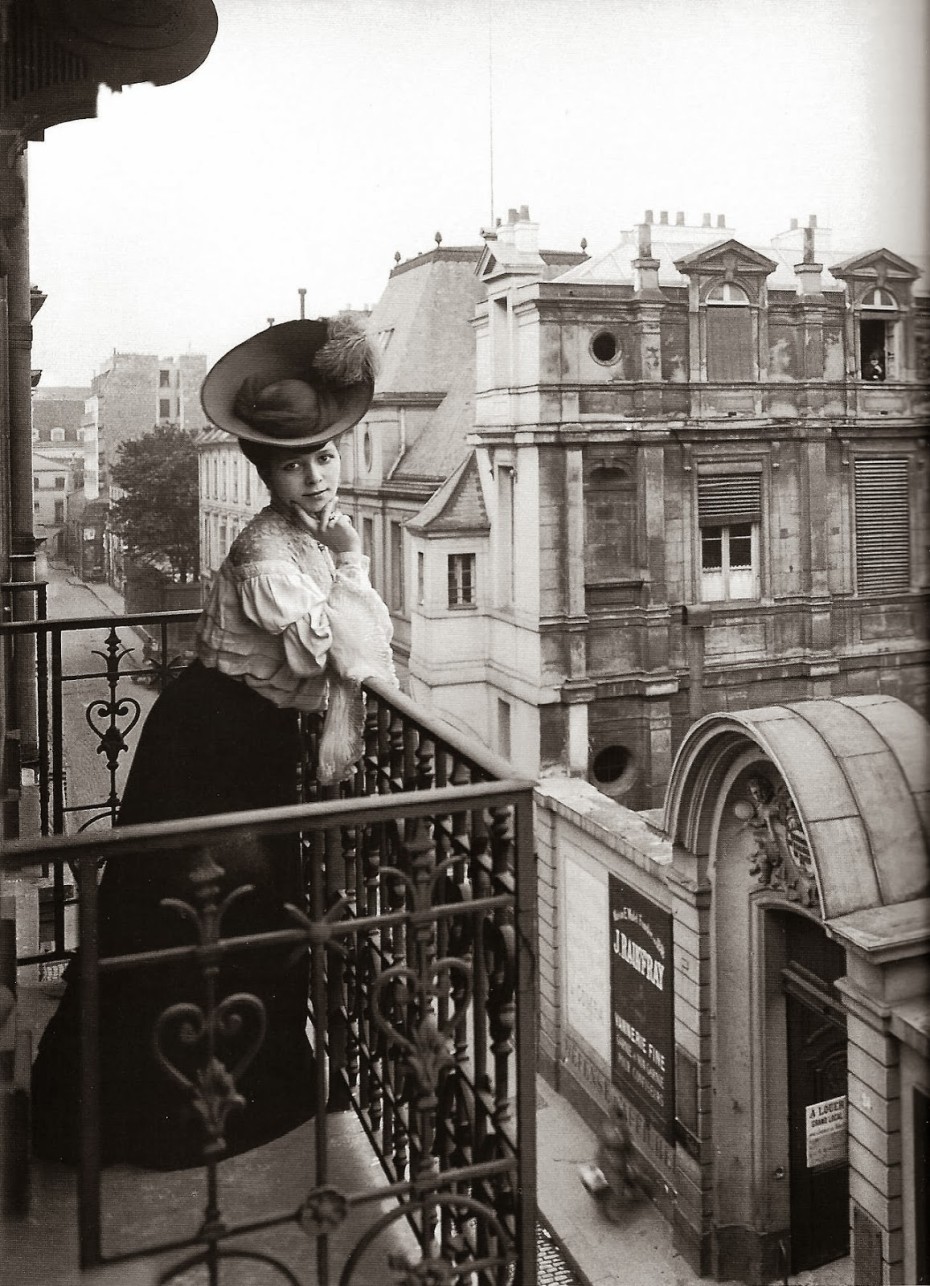
Four years later they were discovered by the head of the fashion magazine La Mode Pratique. Looking for a way to keep up with the latest trends, the magazine commissioned the Séebergers to shoot photos of socialites showing off their impeccable taste at the races in the Bois de Boulogne. The brothers called their new work “instantanés de Haute-Mode” or “snapshots of high fashion.”
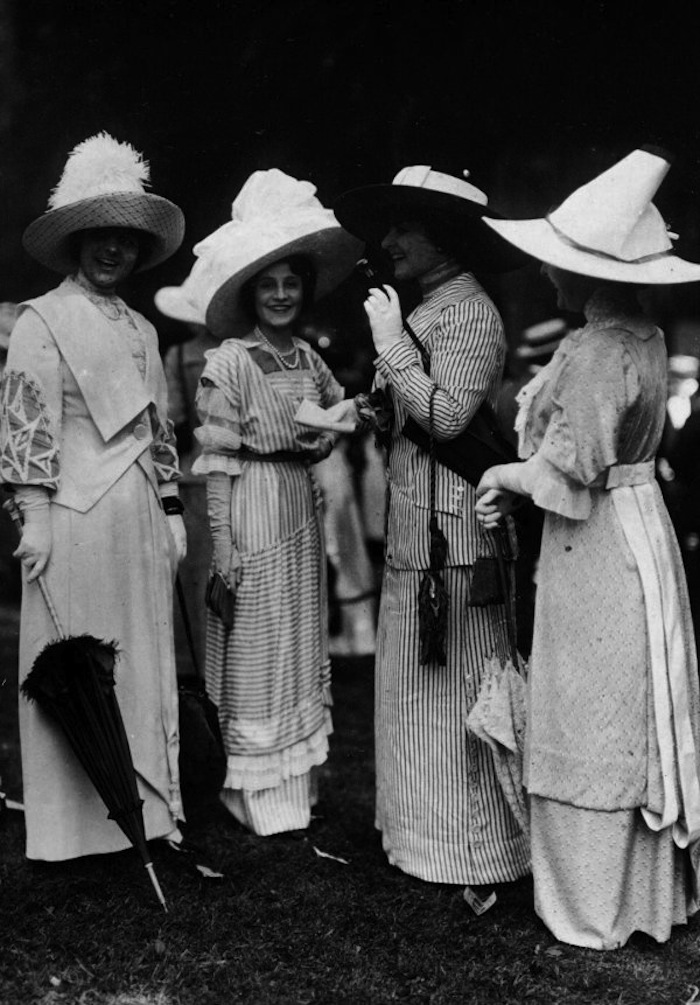
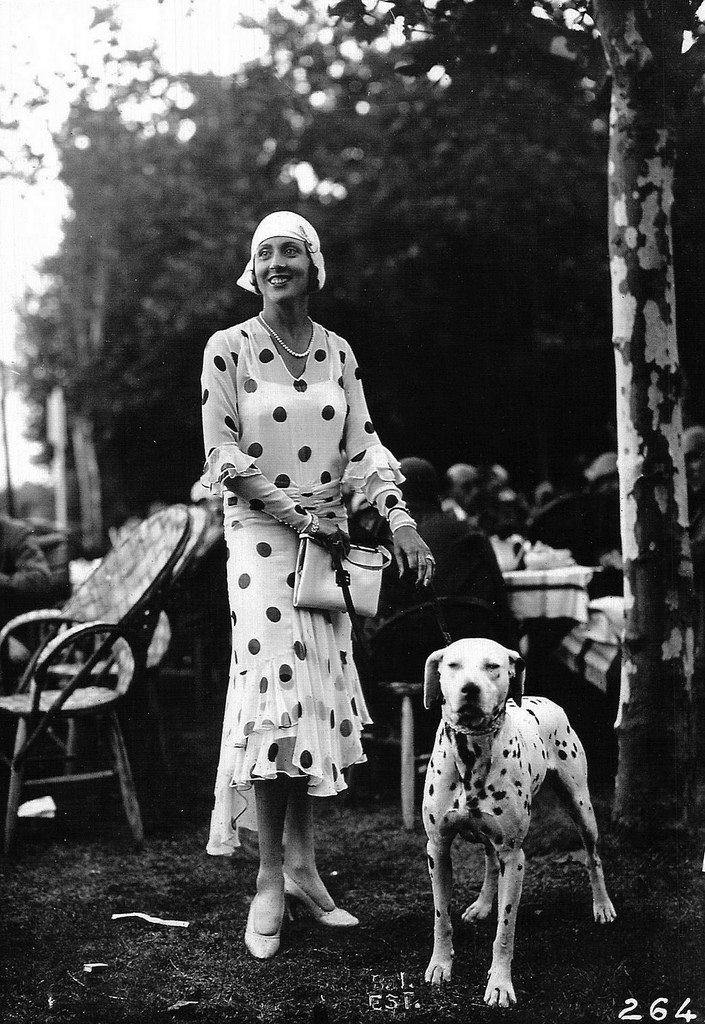
Their photos were presented with a legend indicating the place, the name of the celebrity and who they were wearing, as if they were illustrating a little fashion novel. We now see this technique everywhere from sports magazines to the news. The Séeberger bros became the first fashion reporters, snapping real-life moments instead of fabricating poses in a studio, often working 12-14 hours to develop an avant-garde field of work.
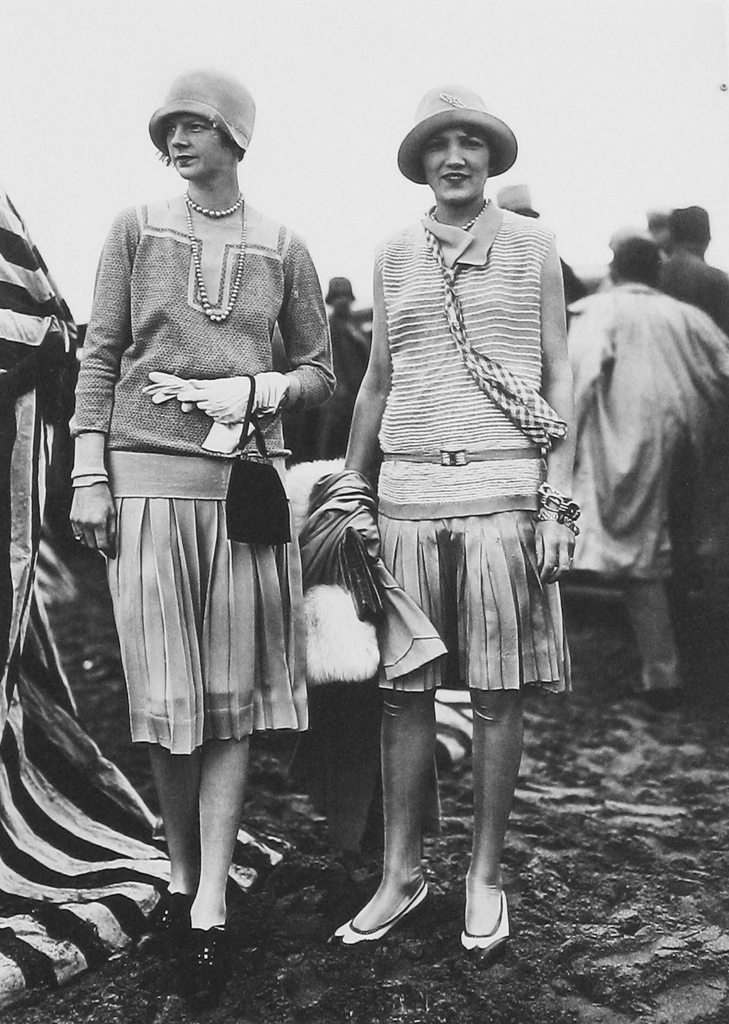
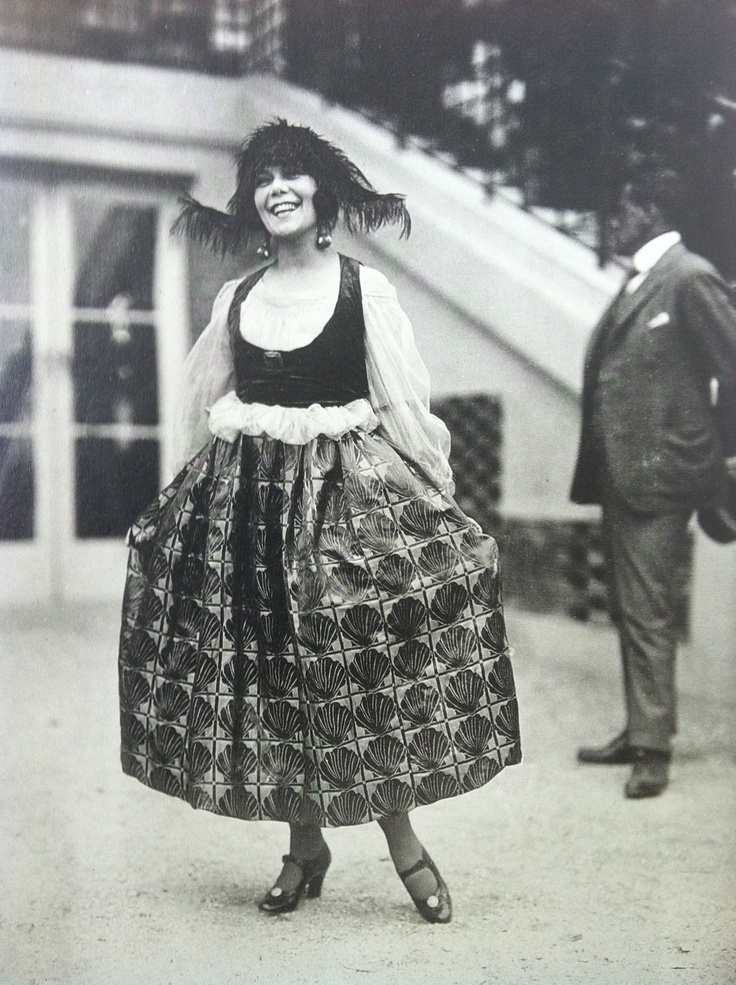
Soon other publications such as Femina, Harper’s Bazaar and Vogue wanted a slice of the pie. By the 20’s the brothers were hopping from Cannes to Biarritz to Paris documenting one elite party after another. Haute couture fashion houses began sending models to mingle at events they knew the Séebergers would be attending to slyly gain publicity for their new collections.
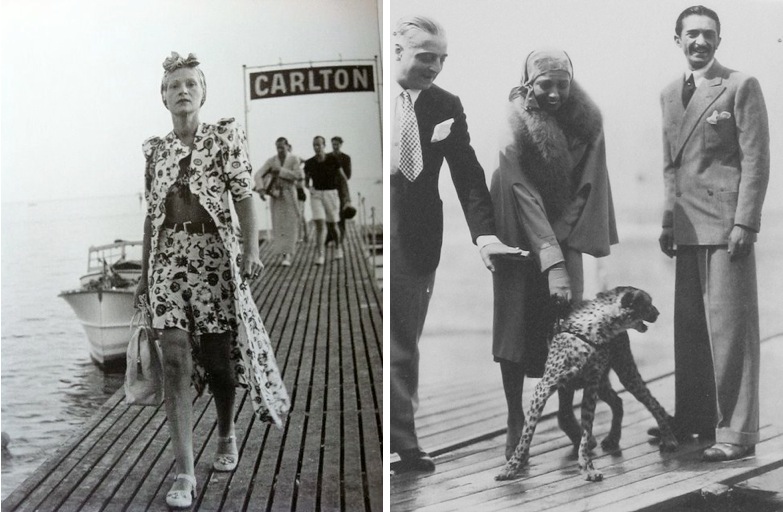
Yet the Séebergers chronicled so much more than fashion. Famous actors, prominent businessmen, politicians and aristocrats of a Paris between wars are all immortalized in their negatives. Charlie Chaplin, Marlène Dietrich, Joséphine Baker (accessorizing with a leopard above right) and the Citroën family all passed through their lenses.
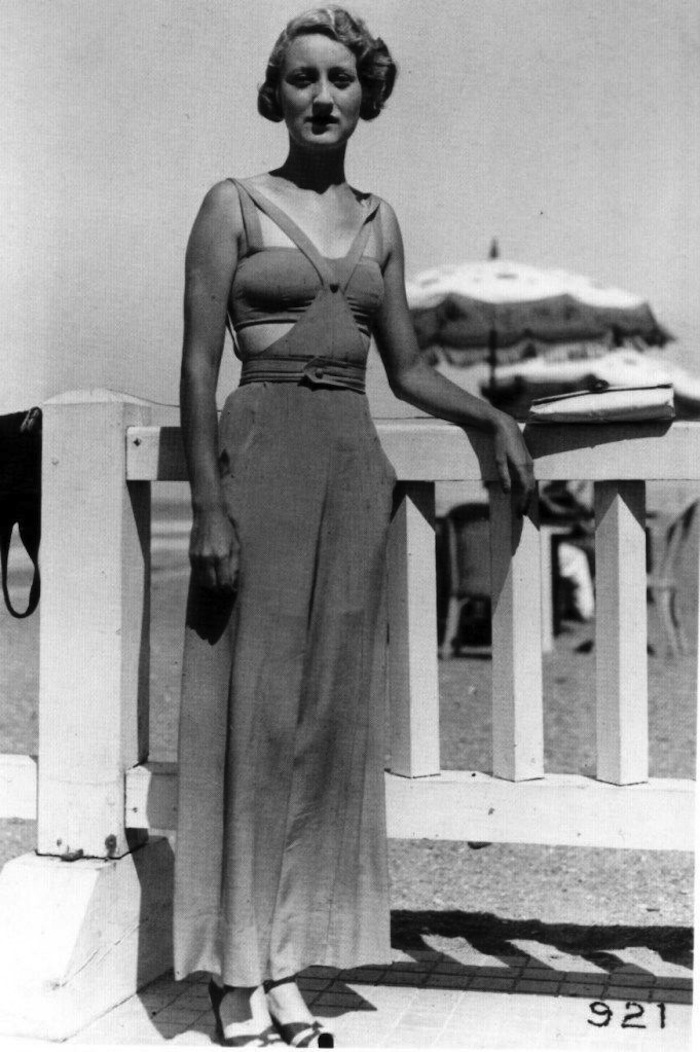
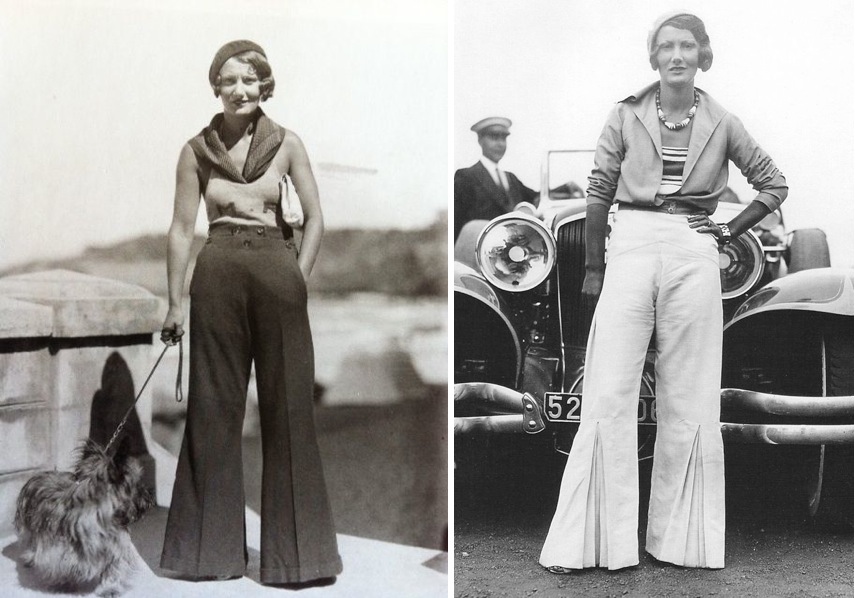
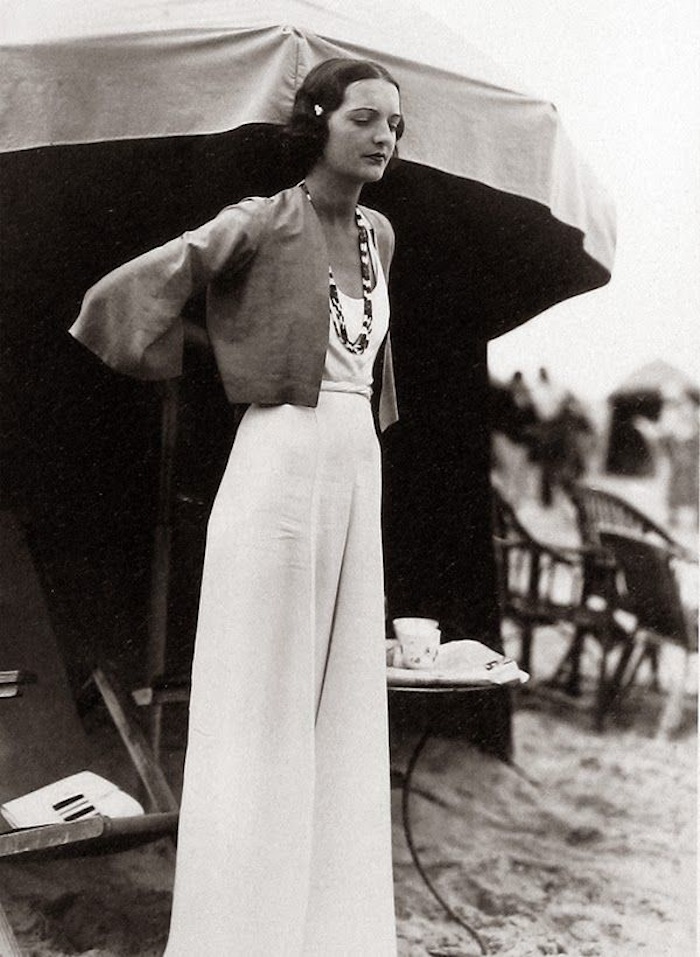
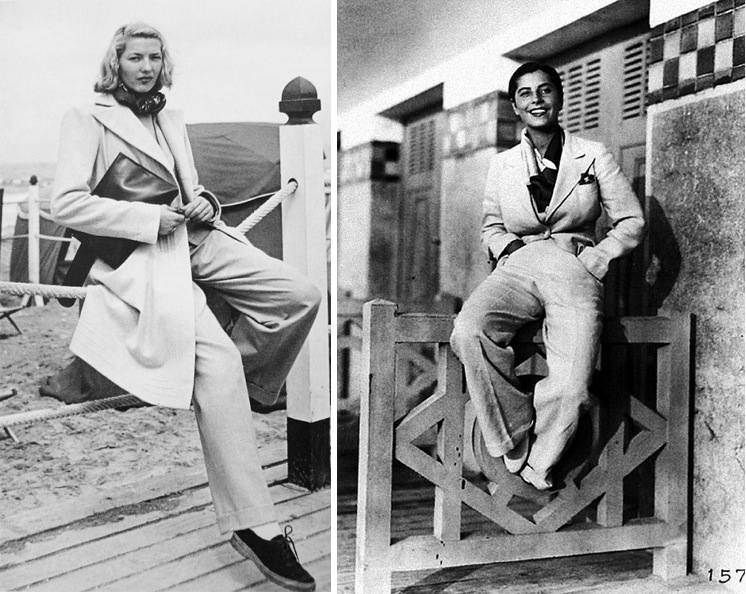
Is that Wallis Simpson? ↑
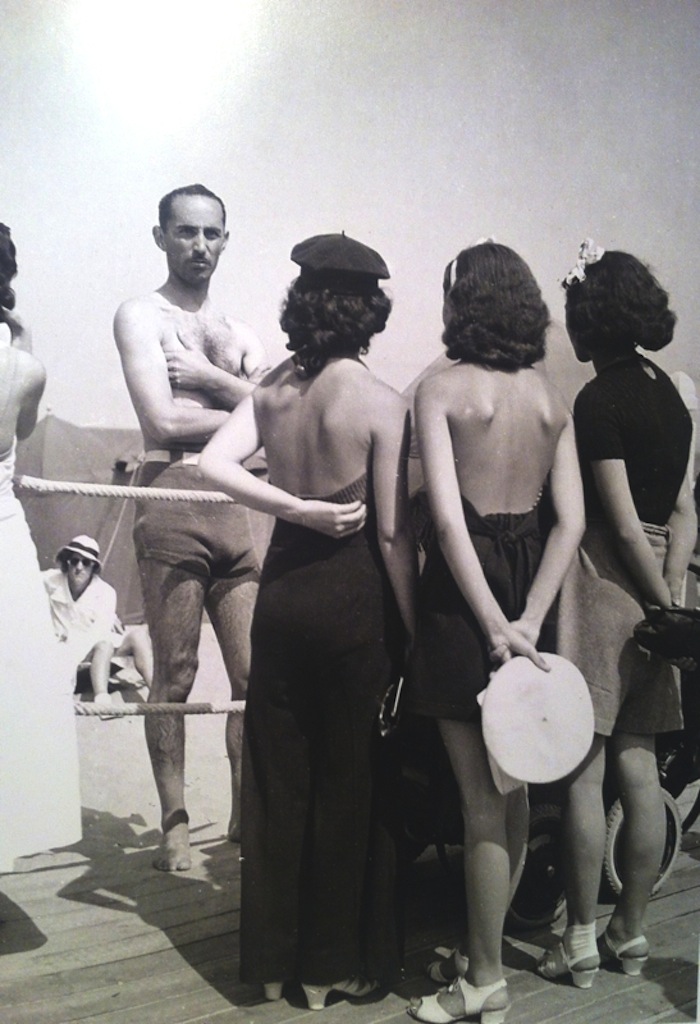
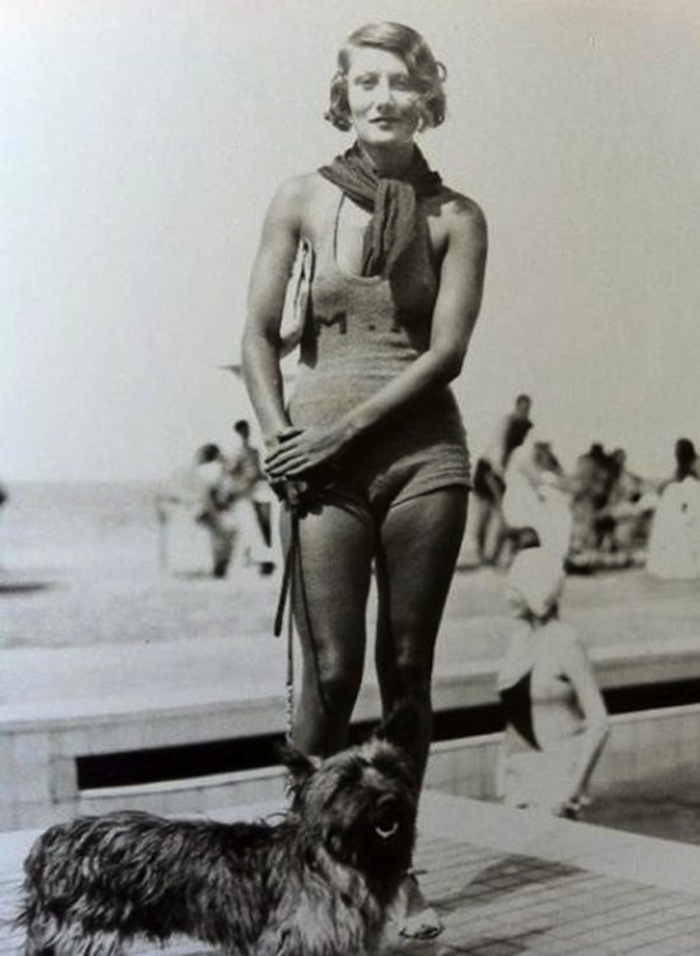
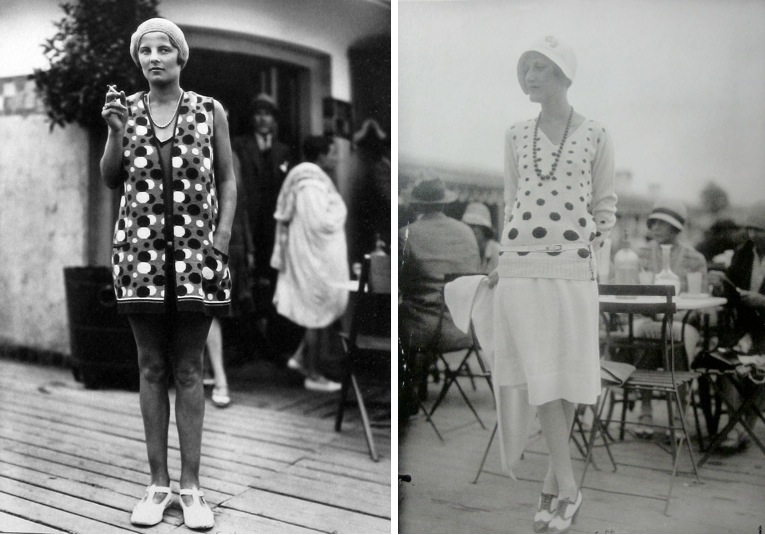
In 1923 Hollywood hired the Séebergers to document Paris, using the brothers’ images for their set design. With so much work it was a good thing that two of Louis’ sons, Jean and Albert, joined the team and ran the family business until 1977. Today, many of the three brother’s oeuvres (60,000 negatives to be exact) belong to the Bibliotheque National de France.
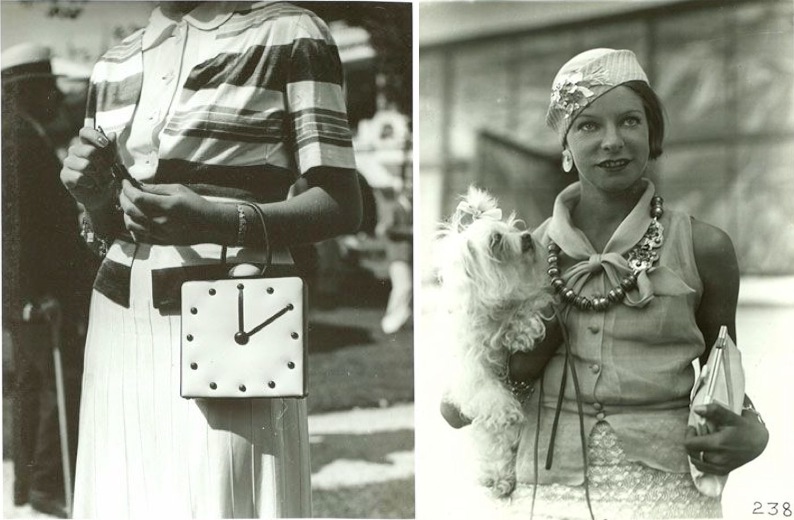
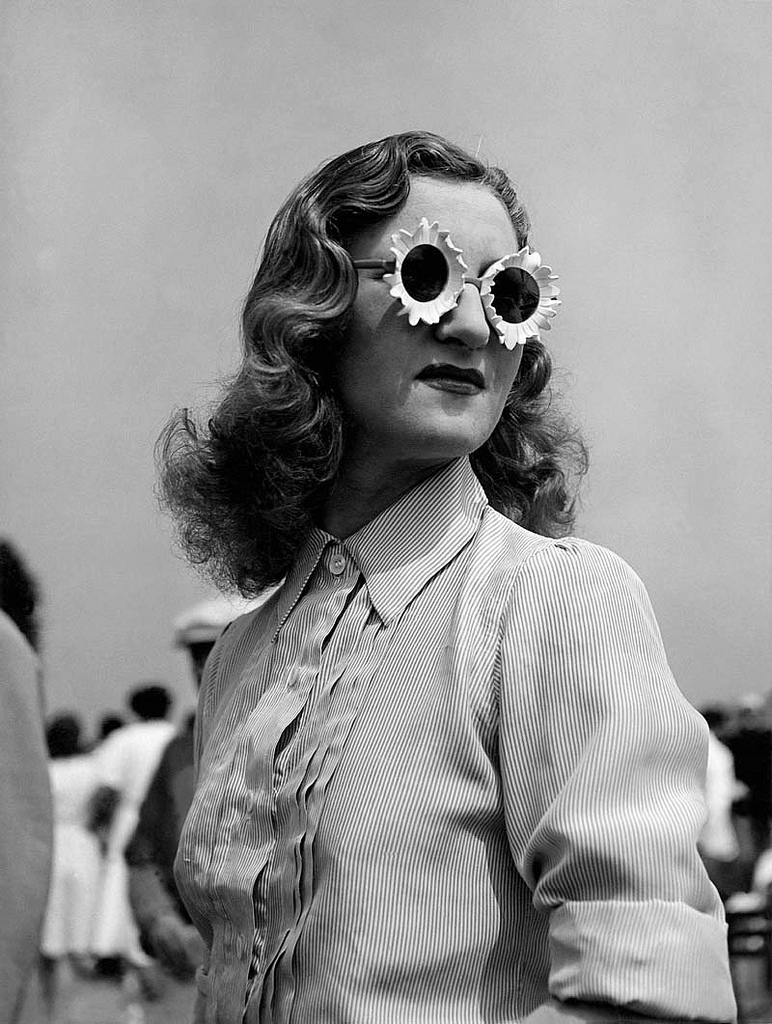
Above: Madame Henri Gouin, Deauville, August 1939
For more information on the Séeberger brothers, check out the book Elegance: The Seeberger Brothers and the Birth of Fashion Photography. All photos unless otherwise mentioned are from Anthony Luke Photography.
About this contributor:
 Rozena Crossman moved to Paris on a whim two-and-a-half years ago. Bilingual assistant by day and adventurer by night, she is relentlessly improving her linguistics in both English and French at the Graduate School of Life.
Rozena Crossman moved to Paris on a whim two-and-a-half years ago. Bilingual assistant by day and adventurer by night, she is relentlessly improving her linguistics in both English and French at the Graduate School of Life.
You can connect with Rozena via her Twitter / Instagram / LinkedIn profiles.


